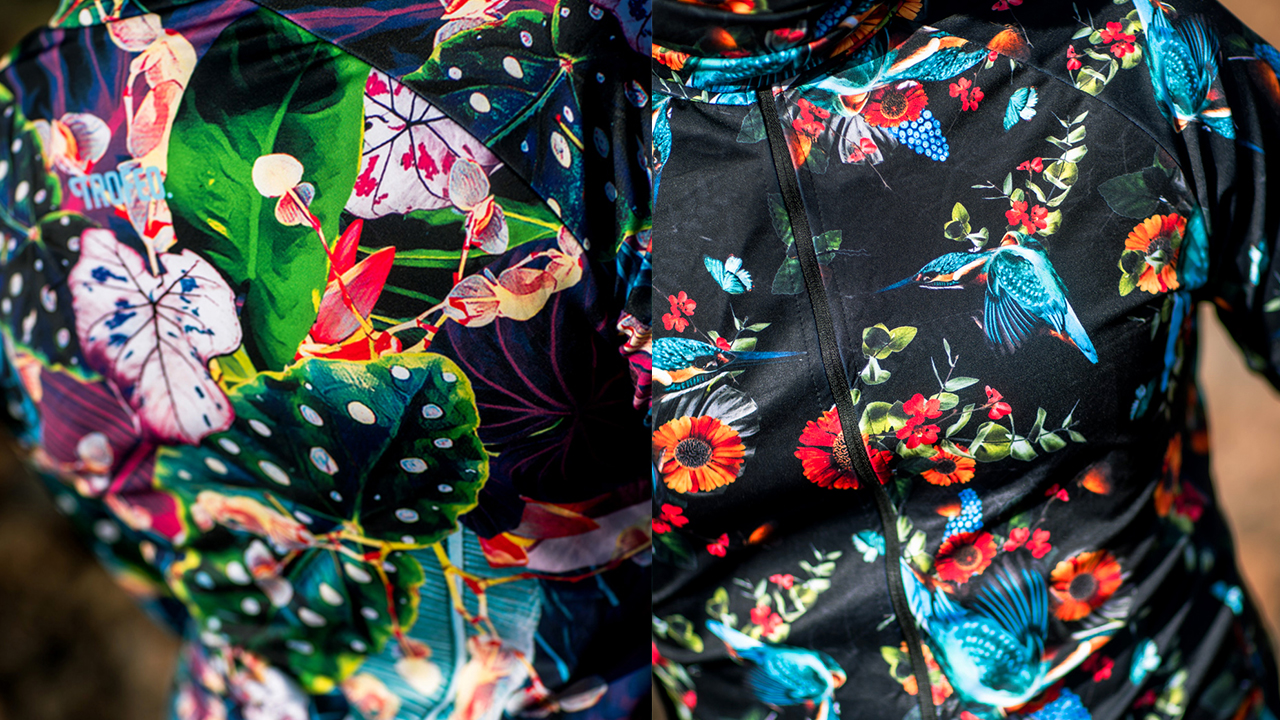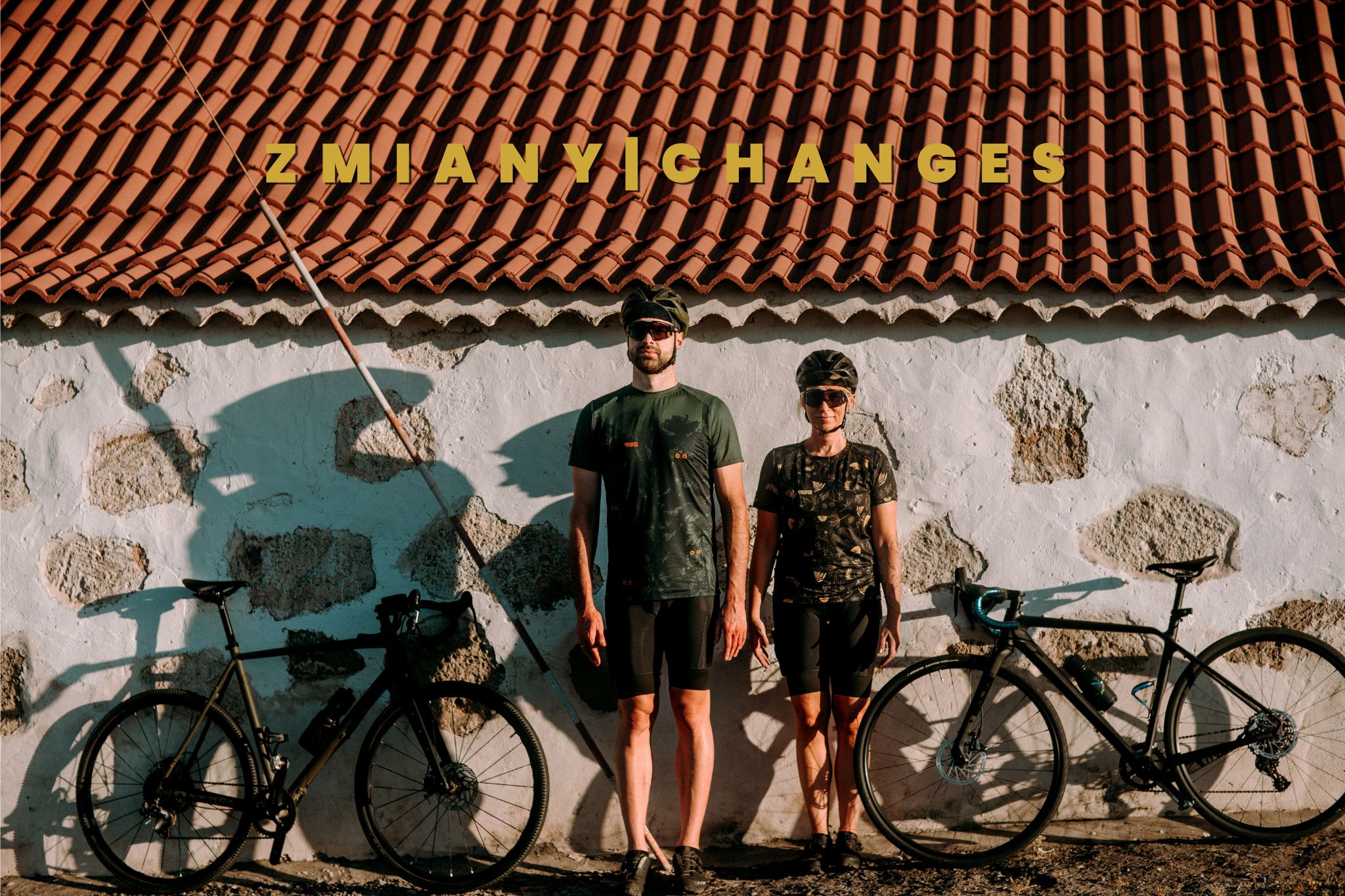Proper care and washing of cycling clothing is crucial to maintaining its quality, performance and durability. However, it is also extremely important to take care of the environment when washing your cycling clothes. Find out practical tips on how to wash your cycling clothes in a more eco-friendly way, so that you can enjoy their long-lasting use while caring for the planet.
.
Always read the manufacturer's labels
It might seem that the labels on clothes are so small not to read them. Nothing could be further from the truth. It is one of the most essential parts of your cycling clothes. Not only will it tell you where the garment was manufactured, but it will also tell you the most important information about how to look after your cycling clothes, so that they are not damaged when you wash them and so that they retain their properties for as long as possible.
Less is more, more is less
Every wash you set up uses water, energy, detergents, microfibres get into the waters and your clothes gradually wear out. Sometimes cleaning a stain or airing out the garment (as with merino garments) is enough. If you already have to do laundry wait until enough has accumulated. The latest machines weigh the clothes and often when there are both too few and the washing machine cannot distribute them properly in the drum, the washing can take longer. The right ‘load’ will save energy and water and preserve the life of your clothes.
Let clothes breathe before washing
Before you throw your wet cycling clothes into the laundry basket after a workout, hang them outside or indoors to dry a bit. This way, the clothes won’t ‘hang out’ and the unpleasant smell will be easier to rinse out.
Turn the clothes inside out
Sweat and detergents are deposited on the inside, at the points of contact with your body. To ensure the best possible wash, turn all cycling clothes inside out to give them the best chance of washing. Also remember to zip up your jerseys, jackets, cycling waistcoats, if your cycling shorts have pockets, check the pockets in them too ~ this will protect your clothes from pulling or rubbing. Don’t wash your cycling clothes with Velcro gloves or other sharp objects that can damage them. If you want to wash them together, always protect them by tucking them into a special laundry bag.
Choose eco-friendly detergents
When choosing a detergent, look out for those that are environmentally friendly. Avoid products that contain phosphates, parabens, phthalates and artificial colours. Instead, look for eco-friendly detergents that are biodegradable and based on natural ingredients. Such products are gentler on the environment while still being effective at removing dirt.
Avoid excessive use of detergent
A little less detergent can be enough to clean your cycling clothes effectively. Rethink your habits and limit the amount of detergent you use. Excessive use can lead to chemical build-up in fabrics, which affects their quality and durability, but is also very tempting for bacteria. This can cause your clothes to smell unpleasant. Follow the instructions on the detergent label and, if you can, use smaller amounts.
Always wash at lower temperatures
Wash all cycling clothing at 30°C or 40°C. This has its benefits. Firstly, it saves energy as less electricity is used to heat the water. Secondly, it helps to maintain the durability of the fabrics by protecting them from excessive wear.
Use sportswear programmes
Modern appliances have special programmes designed for washing sports clothes. You can also choose a programme that uses less water, such as the eco programme. Take advantage of these, making sure they are set to the right temperature in automatic mode.
Avoid using the tumble dryer, hang your clothes outside
Air drying cycling clothes is an eco-friendly solution. Sun + wind = warm air, are great for drying fabrics naturally. Avoid using a tumble dryer, which damages clothes and uses a lot of electricity. If you have the option, unroll your clothes on a clothes dryer or hang them on a clothesline. During the heating season, hang your clothes on the radiator – remember not to make it too hot. This not only saves energy, but also protects the fabrics from getting too hot, which can affect their elasticity and durability.
Choose natural odour removal methods
Some cycling clothes can struggle to get rid of unpleasant odours. Instead of reaching for chemical remedies, try natural odour removal methods. For example, after washing your clothes, you can use apple cider vinegar or lemon juice as a natural air freshener. Just add a small amount to the last rinse to get rid of odours and refresh your fabrics.
Changing your washing machine? Choose the energy-efficient ones
Hopefully, the above tips will help you to implement proper care for your cycling clothes so that you can enjoy their lifespan for as long as possible. And of course, all of this translates into less waste and more benefit for the planet.

Aga TROFEO.® @Art Jungle
project manager, graphic designer, nature and plant lover, girlboss





